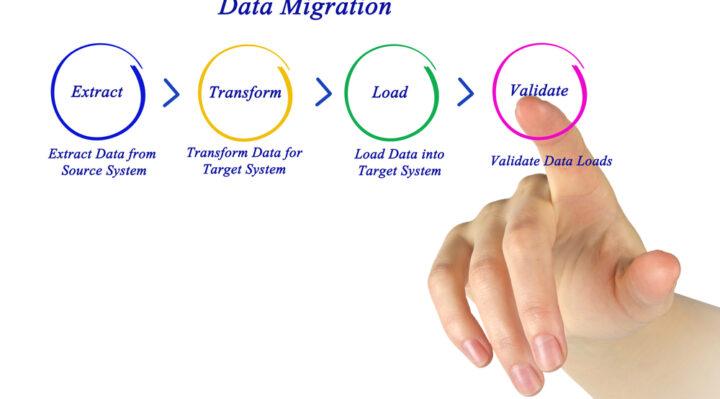When it comes to utilizing data across your company, there are a lot of challenges that come with the task. Since the rise and prominence of the digital world in business, data has been one of the most effective ways that companies can push their various departments toward success. However, while data provides many opportunities to understand and better your systems, create more robust customer profiles, and ultimately improve customer experiences, there are challenges.

Data will always take work to integrate, aggregate, and then analyze. Thankfully, these challenges are nothing new, and some tried and true tools have given rise to great results. For example, one of the biggest challenges that faced data engineers early on was data integration. This concept of taking data from disparate sources and aggregating it into one centralized location was no easy task to accomplish.
By and large, the data warehouse became one of the leading solutions to this problem. Where once data existed in a silo, either unreachable or just unusable for a company, it has been transformed and loaded into a warehouse where it can be accessed. The primary method or tool for data integration is known as ETL.
ETL is a widespread process and one of the most robust data integration methods because it works on moving data and transforming it simultaneously. ETL stands for Extract, Transform, and Load. As its name implies, these events happen sequentially to take data from disparate sources and aggregate it into one centralized location.
A big part of the data integration process happens around the ‘T,’ which stands for transformation. One thing that has to happen to data for it to be used as a source of truth across a company is that it has to be made uniform. One discrepancy in the record could halt an entire stream of information. For example, if dates from an event are stored from one source using dashes between the numbers, but from another source, the exact date is simply the number next to each other. These would have to be uniform.
The core reason behind the transformation process in ETL is that once the data that has been extracted is loaded into a data warehouse or data bank, it can be uniform and ready to be accessed.
What is Reverse ETL?
Reverse ETL is similar to ETL because it is a data integration method that focuses on moving data and transforming it simultaneously. However, one of the core differences here is that reverse ETL does not focus on data from dispart sources but instead from a centralized resource like a data warehouse.
This has become a potent tool for companies because, as time passed, businesses found that the same problems that plagued a data silo were beginning to occur with a data warehouse. Namely, that data was becoming harder to access. So while data that has gone through ETL to end up in a warehouse is no longer in various disparate locations and is transformed into a uniform format, it can still be hard to access.
Reverse ETL helps companies not only access their data with more ease but, at the same time, bring data enrichment to the process. This happens because once the data is extracted from the data warehouse, it is pushed out to its source of record, a cloud-based app, or some point of origin. Once there, it can undergo another transformation process focusing on data enrichment. For example, missing information can be appended to the data before it is returned and reloaded into the data warehouse.
Reverse ETL is a powerful way of pushing data back out to the departments that need it the most. One of the biggest problems that companies face is that their departments need data that is not as accessible as it could be. Data helps create unique, robust customer profiles that can give various departments the information they need to make real-time, data-driven decisions.
Conclusion
Data activation is a new process that is made possible through reverse ETL. This allows departments to access important information from their data warehouses with a level of ease and access that hasn’t existed before. This means accessing data that can empower and enable analytics for a team with the same ease that the same team could create a business intelligence report.
One of the significant advantages of putting the power of analytical insight into the hands of department heads is that it gives access to data when you need it. So instead of constantly getting SQL results and reports after the fact, you can get up today’s real-time data to help your departments make meaningful data-driven decisions.



